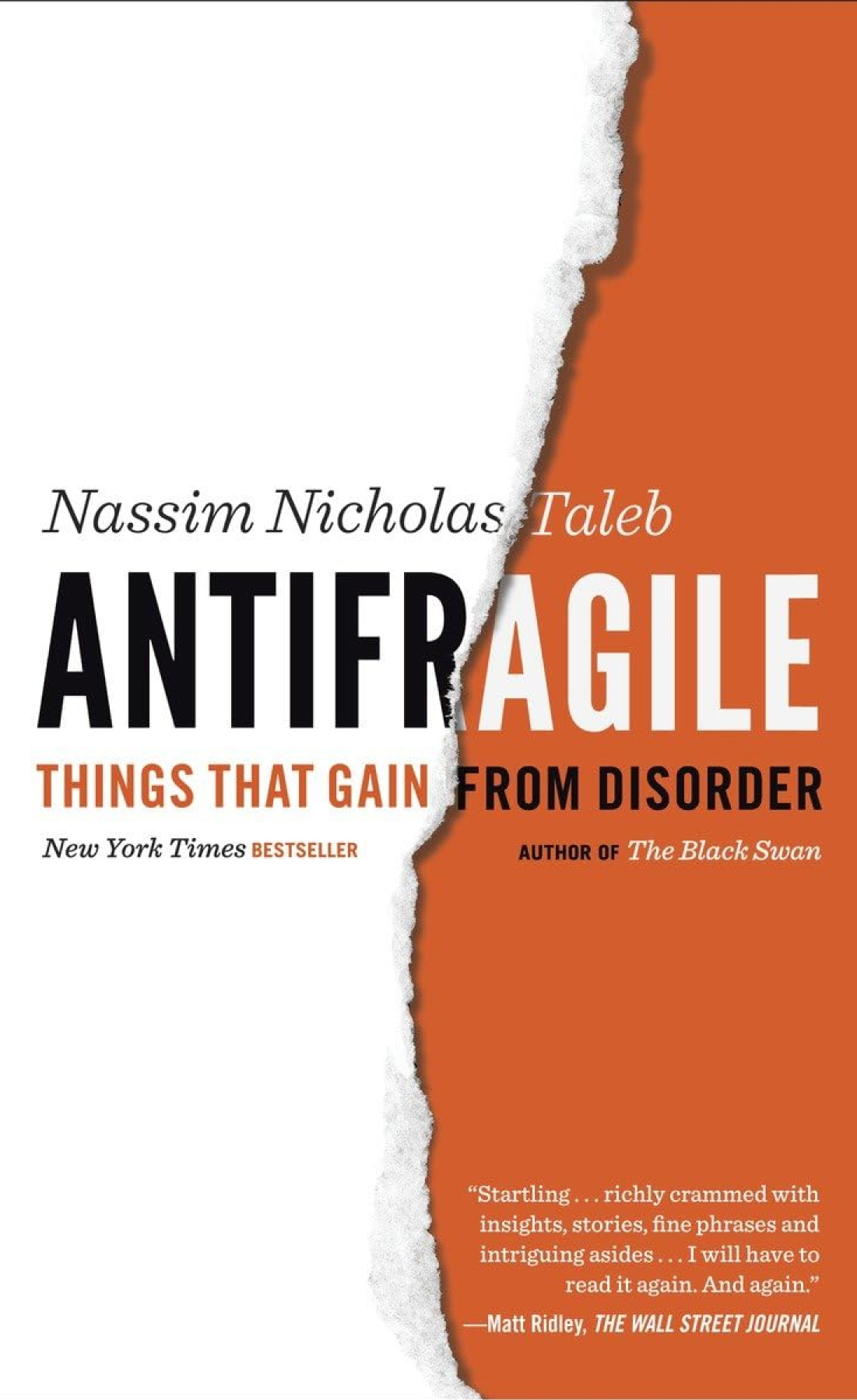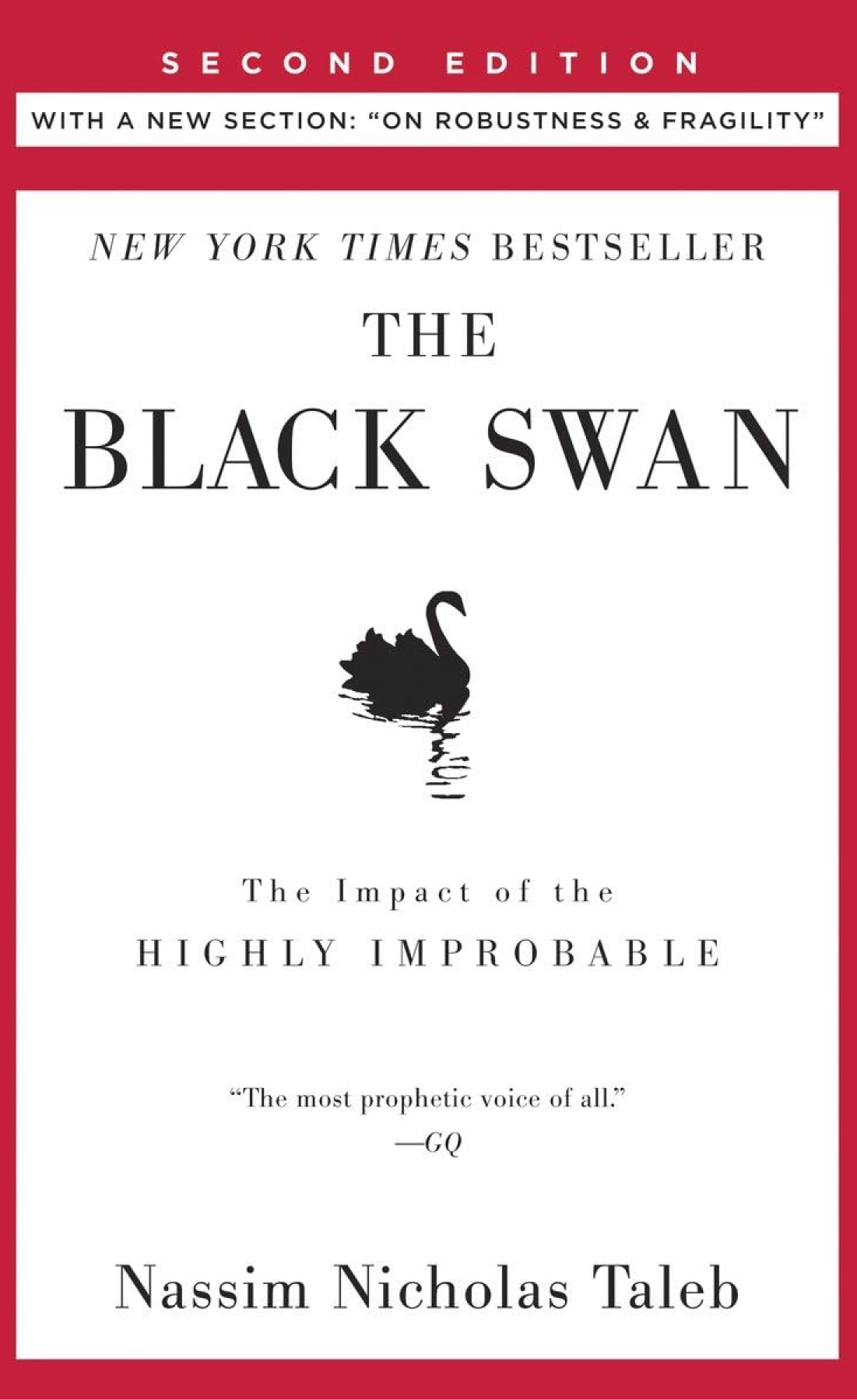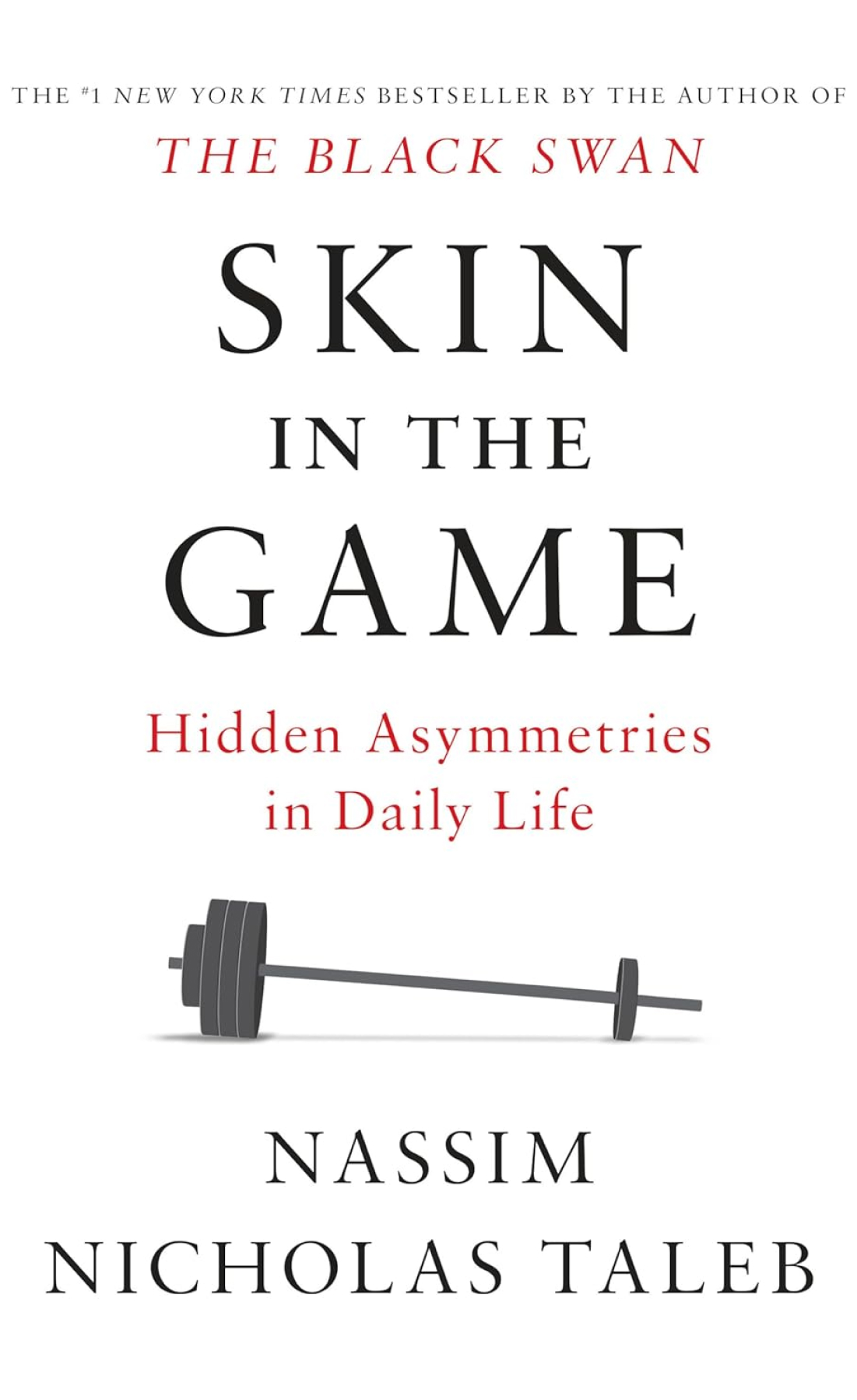Major concepts

Antifragility & Optionality
Antifragility means growing stronger through stress, while optionality ensures having many choices available.

- Antifragility thrives on stress and uncertainty, using them for growth.
- Optionality allows you to adapt and seize opportunities without needing perfect predictions.
- Small risks with high upside potential are central to building optionality.
- Antifragility without options can be rigid; options without antifragility can lack stability.
Antifragility, a term coined by Nassim Nicholas Taleb, describes systems that get stronger under stress or uncertainty.
Unlike resilience, which means resisting shock, antifragility adapts and improves after disturbances.
Optionality is about keeping many options open, enabling a person or organization to take advantage of favorable outcomes, even when the future is unclear.
What Defines Antifragility?
Antifragile systems have three core traits:
- Gain from disorder
- Improve with volatility
- Create unexpected upside
This is different from resilience, which just resists shocks. Antifragile systems use those shocks to grow stronger.
Examples include natural ecosystems, diverse investment portfolios, and innovative companies that benefit from changes in the market.
Optionality in Antifragility
Optionality is key to antifragility. It ensures having choices that can increase benefits:
- More options = More potential upside.
- Taleb views optionality as a way to handle uncertainty.
- It’s about keeping choices open and minimizing risks, while taking chances that could bring big rewards.
Imagine planting 100 seeds—not all will grow, but having many increases the chances of success.
Harnessing Antifragility
Instead of trying to control unpredictability, aim to gain from it. Here’s how:
- Encourage small experiments that can grow if they work.
- Diversify efforts to reduce risk from any one failure.
- Stay flexible to adapt when needed.
- Limit downside risks, allowing room for taking chances with big potential rewards.
These ideas are especially useful in fast-changing areas like tech innovation or market shifts.
Rather than trying to predict everything, we should build systems that can benefit from surprises and come out stronger.




